
It is not often that I take photographs of roses, and I think they can be quite a challenge to shoot well—particularly where the petals are a richly vibrant red. Without some care in adjusting exposure, the red highlights can be blown out (over-saturated to the point that the image loses visual detail), even if the overall exposure looks all right. You will need to underexpose by a bit, and if your camera has separate red, green, and blue (RGB) histograms to let you assess the exposure, pay particular attention to the red histogram. From there, you can adjust tones in initial RAW processing (if you using that file format for capture) and then in post-processing.
Of course, your computer system and monitor will play a crucial role; you are viewing your images through the ‘lens’ of that system. It was many years ago now that I started looking into the science of designing a computer system optimised for photographic work. Image Science was, and still is, a key resource in that domain. I have edited my photographs only with professional-grade monitors for a decade now, first with an NEC Multisync PA271W and currently an Eizo ColorEdge CG2730. If you can see your image accurately, then you will be able to edit your image accurately.
All of this effort is for nothing without good source material in the first place. In this case, the floral arrangement shown below was from Balshaw’s Florist.
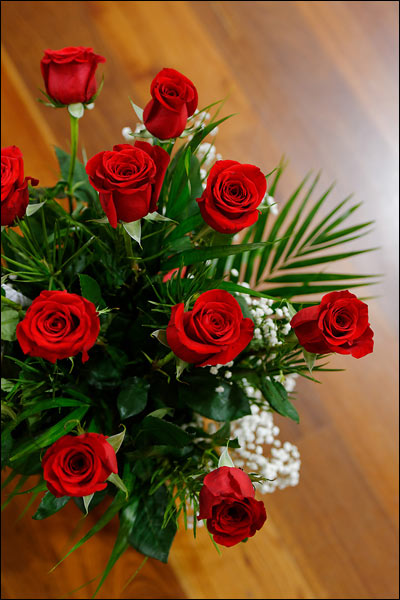
Horizontal or ‘landscape’ layouts may convey a sense of tranquillity or a broader visual perspective, while vertical or ‘potrait’ layouts may convey a sense of activity or a narrower visual perspective. Do these generalisations apply when you look at the pictures below, with a subject such as roses?
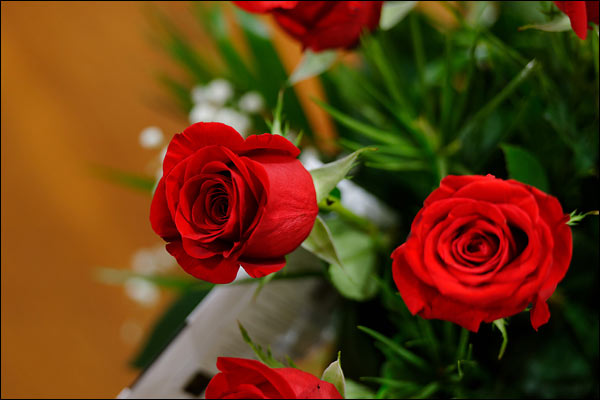
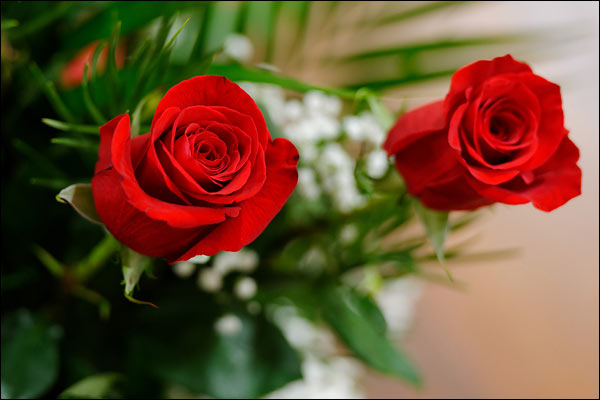
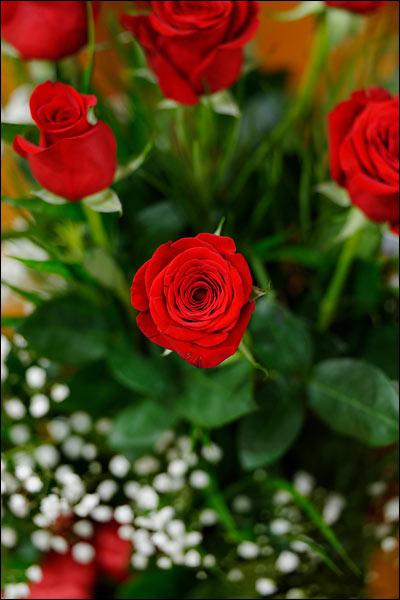

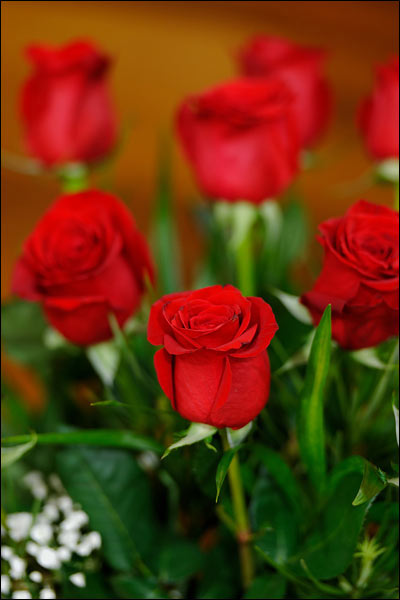
One thing I do see in these pictures is the beautiful background blur (‘bokeh’) from my Nikkor 70–200 mm telephoto lens, but I had to battle the roughly 1.5 m close-focus distance along the way. For many of these images, and perhaps most obviously in the very first image, I was on a short ladder and shooting downwards at the arrangement, close to 2 m from the roses. Lighting came from several white ceiling lights, giving the scene fairly even illumination.
Overall, it took a little effort to set everything up—and at least, in a studio-type setting, it is feasible to do so—but it will yield better results.